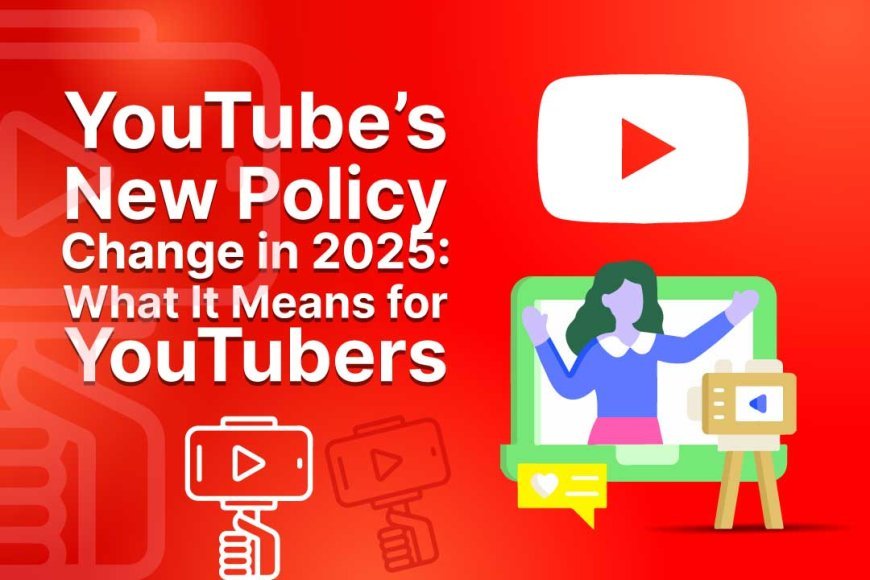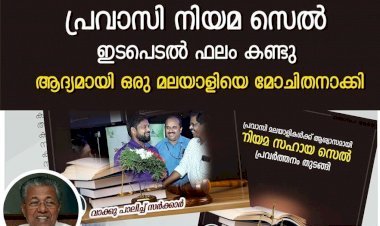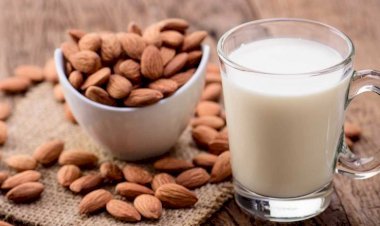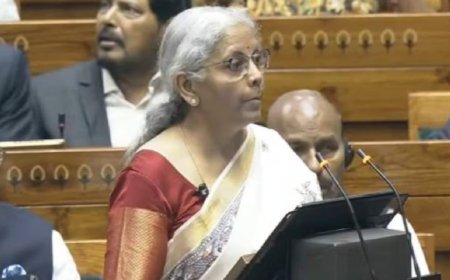YouTube’s New Policy Change in 2025: What It Means for YouTubers
In a major update that’s shaking the content creator ecosystem, YouTube has announced a new policy change that will affect how creators monetize, manage content, and engage with their audiences.Let’s break down the new policy and how it could impact YouTubers going forward.

In a major update that’s shaking the content creator ecosystem, YouTube has announced a new policy change that will affect how creators monetize, manage content, and engage with their audiences.
Let’s break down the new policy and how it could impact YouTubers going forward.
What's the New YouTube Policy?
Starting August 2025, YouTube is introducing a stricter monetization eligibility system along with new rules for content reuse, community strikes, and AI-generated content.
Key Changes:
-
Stricter Monetization Thresholds:
-
1,500 subscribers (was 1,000)
-
5,000 valid public watch hours (was 4,000)
-
Higher standards for "original content"
-
-
AI-Generated Content Disclosure:
-
Creators must now explicitly disclose if content is AI-generated or heavily AI-assisted.
-
Failure to do so may result in demonetization or video removal.
-
-
Reused Content Penalty Tightened:
-
Compilation videos, re-edited stock footage, or repeated meme content with minimal commentary can now be fully demonetized.
-
YouTube will now use machine learning to auto-detect reused content.
-
-
Updated Community Guidelines Enforcement:
-
A new 1-strike warning system will notify creators with educational feedback before an official strike.
-
However, repeat offenders will face channel suspension faster than before.
-
How Will This Affect YouTubers?
For Small Creators:
-
Harder to Monetize: New creators will have to work harder to meet the higher threshold.
-
AI Use Scrutinized: Many new creators relying on AI-generated videos may face challenges without proper disclosure or originality.
For Mid-Level Creators:
-
Monetization Risk: Creators who reuse popular formats or stock visuals may see declining ad revenue or face demonetization.
-
Need for Originality: There's now more pressure to create unique, value-added content to stay monetized.
For Top Creators:
-
Transparency is Key: Influencers using AI tools (voiceovers, avatars, scripts) will now need to be transparent to maintain trust and ad revenue.
-
Brand Collaborations May Shift: With YouTube promoting “authentic content,” top creators may receive more visibility if they adapt to the new standards early.
Why Is YouTube Doing This?
YouTube’s goal is to:
-
Combat low-effort content saturation.
-
Maintain a trusted environment for advertisers.
-
Adapt to the rise of AI-generated media and ensure transparency.
-
Reward original creators over automated content farms.
Tips to Adapt:
-
Focus on original storytelling, reactions, tutorials, or personal insights.
-
If you use AI, disclose it clearly in descriptions or as an in-video note.
-
Add voiceovers, commentary, or analysis to reused clips to make them transformative.
-
Stay informed about YouTube’s Creator Insider updates and community guideline tutorials.
This new policy is both a challenge and an opportunity. While YouTube tightens the rules, it also opens doors for truly creative voices to stand out. Content creators who adapt quickly—by being authentic, transparent, and original—are more likely to thrive in this new era.
What's Your Reaction?













































































